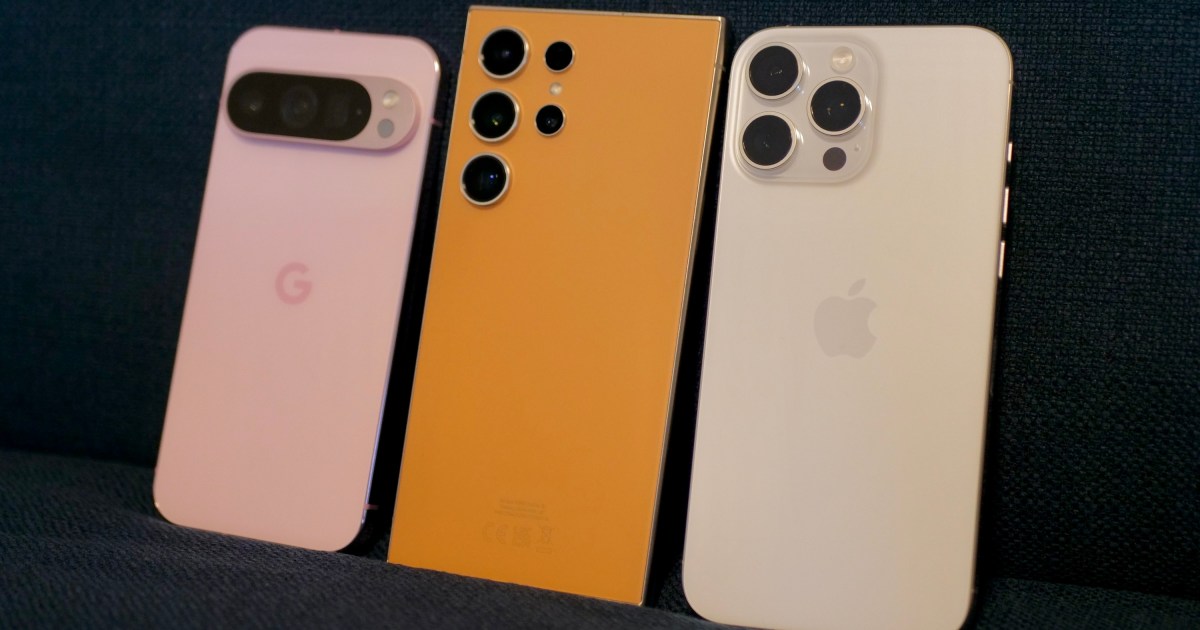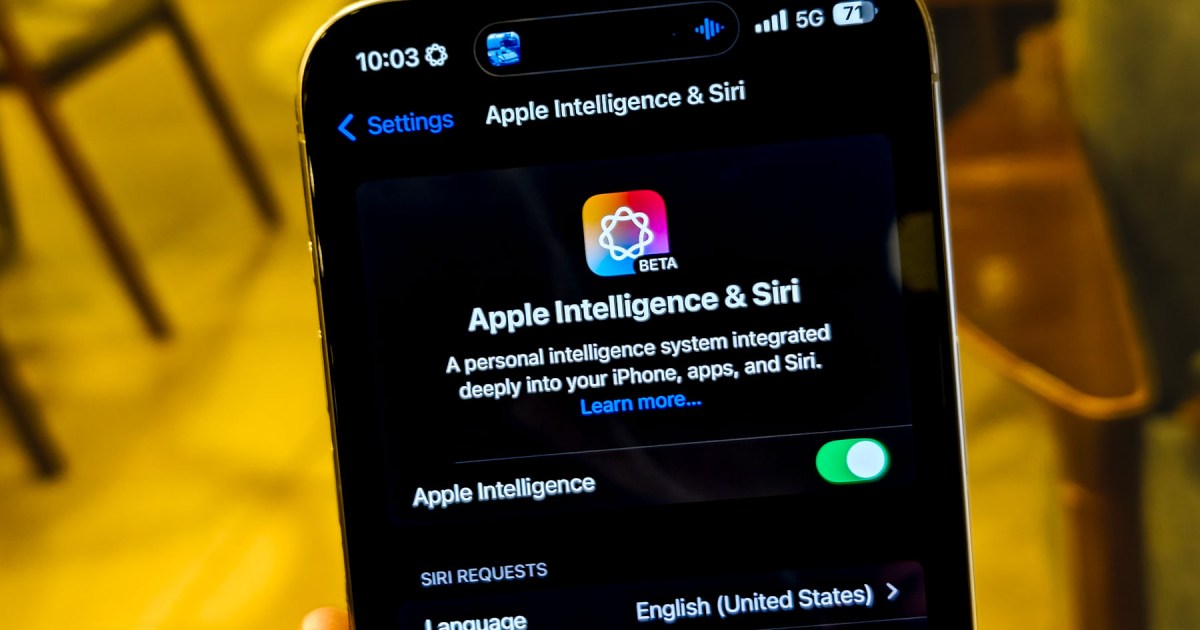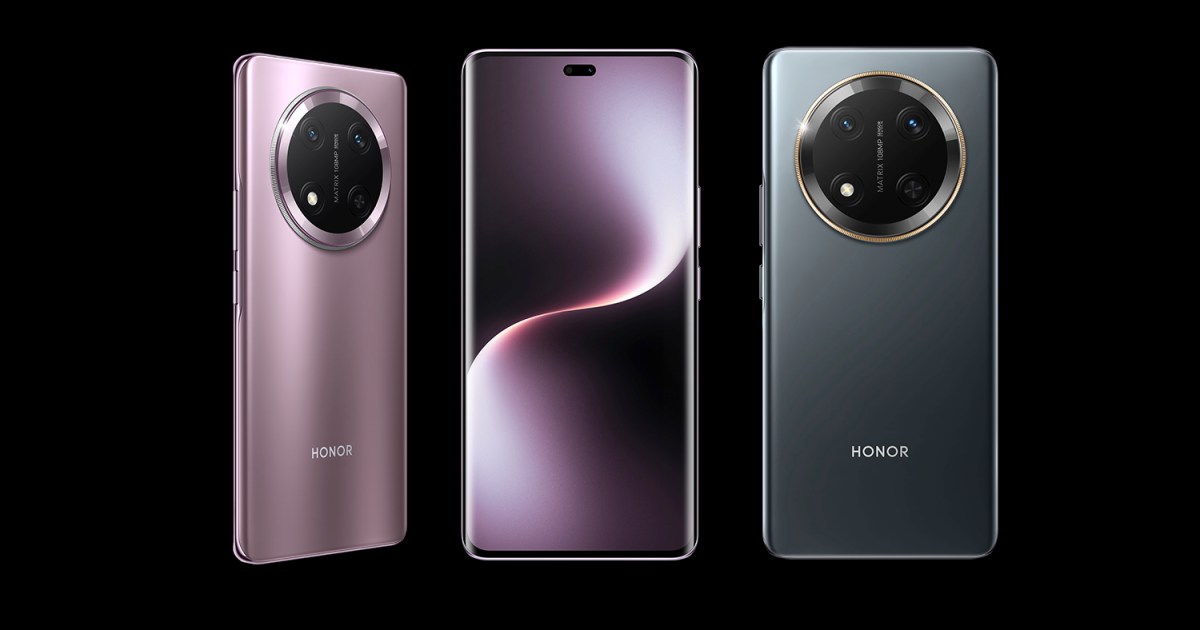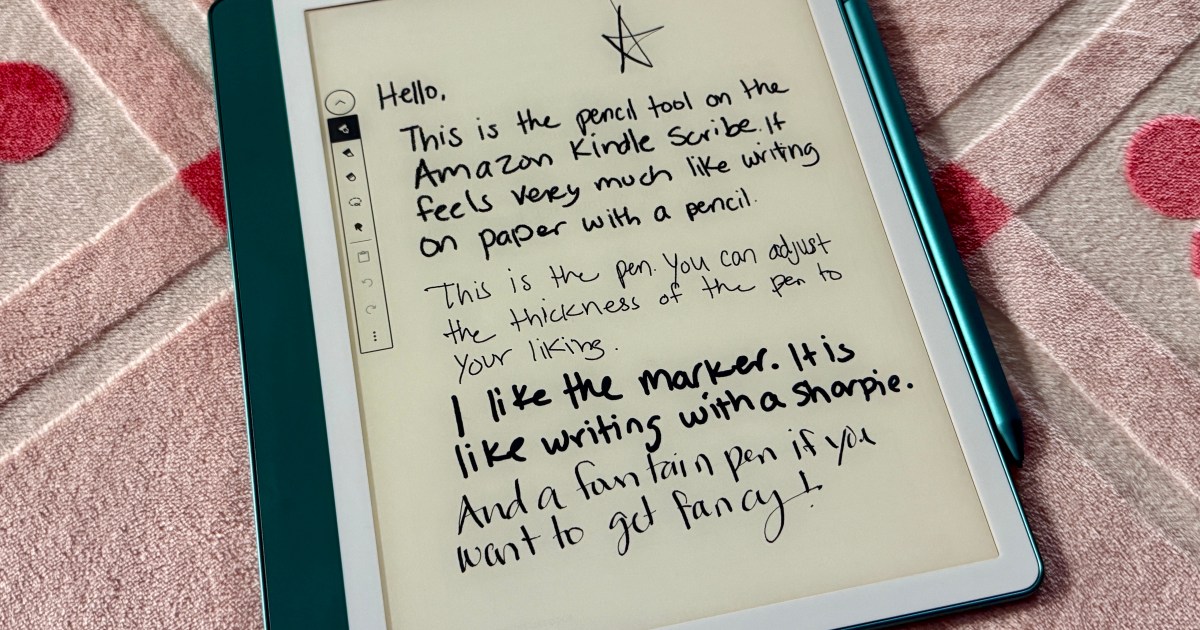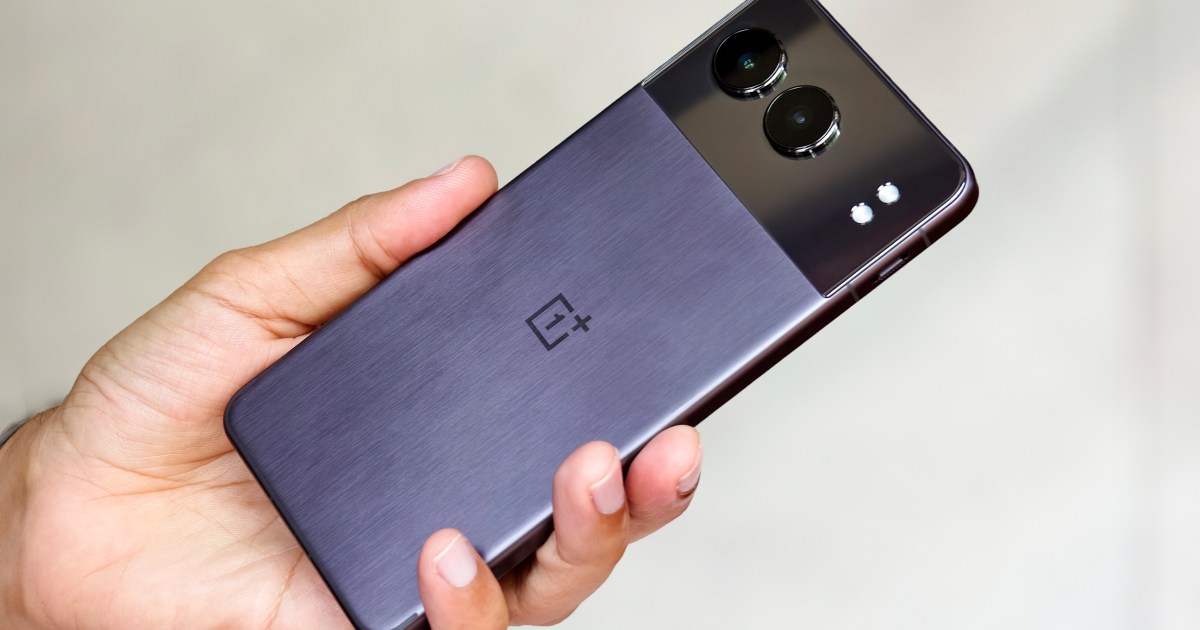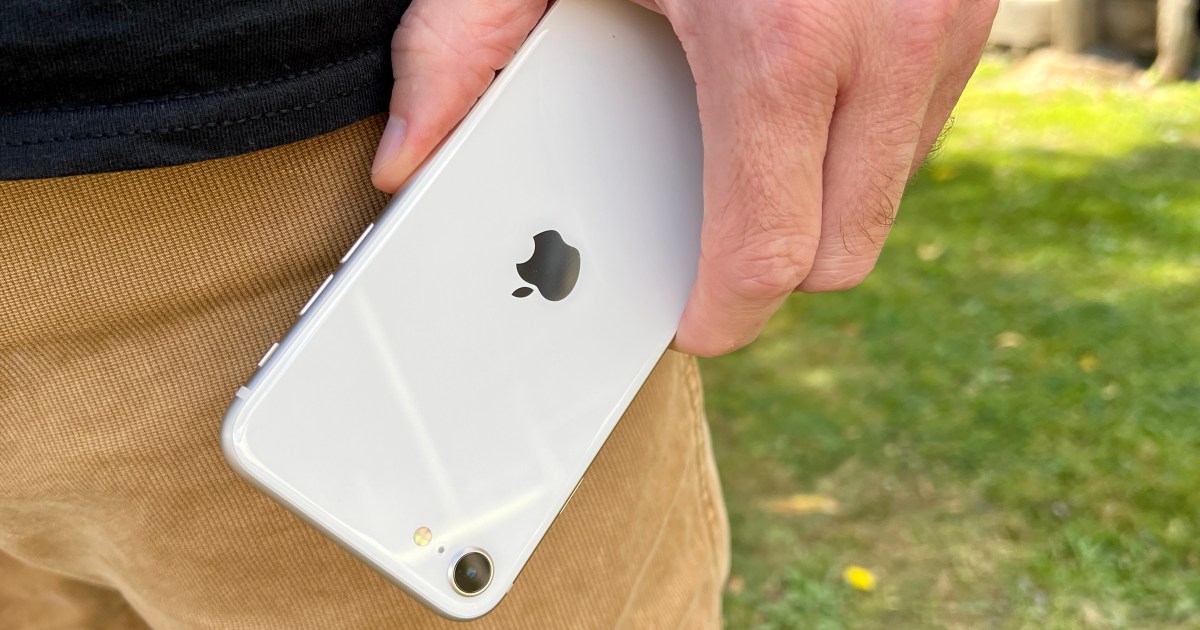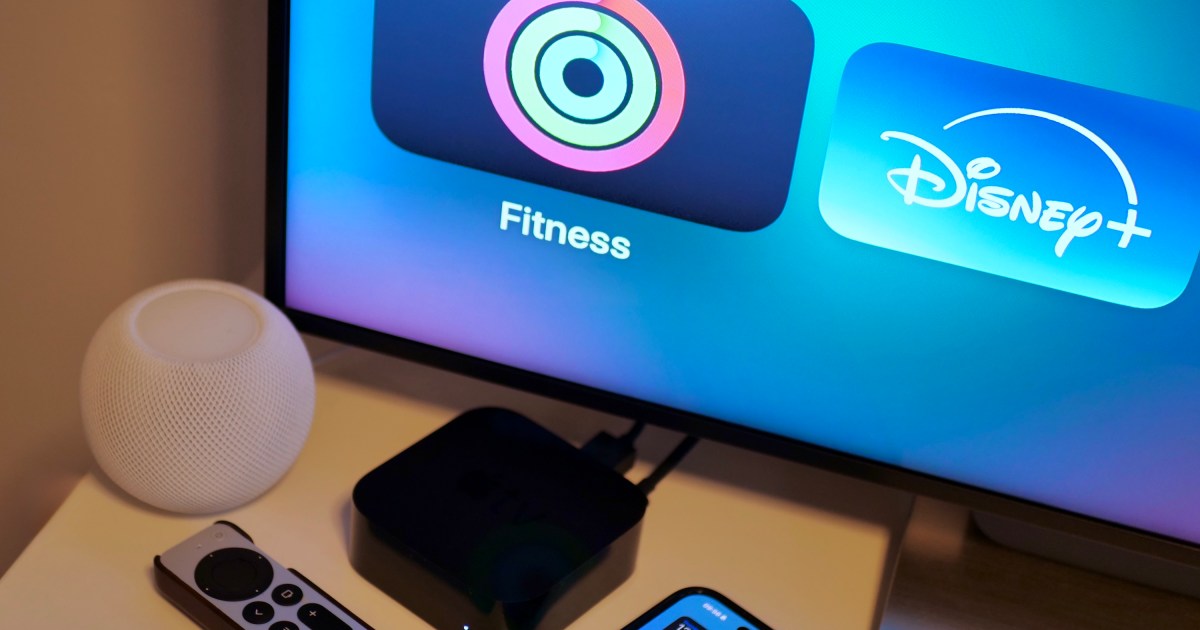2024 was a remarkable year for smartphones, with fierce competition across all segments. From affordable options like the Google Pixel 8a, Nothing Phone 2a, and OnePlus 12R to premium devices like the Google Pixel 9 Pro, iPhone 16 Pro, Galaxy S24 Plus, and OnePlus 12, consumers had a plethora of choices. Samsung continued its dominance in the ultra-premium and foldable markets, facing increasing competition from the likes of Google’s Pixel 9 Pro Fold and Honor’s Magic V3. Looking ahead, several exciting innovations promise to reshape the smartphone landscape in 2025. Here are five key advancements poised to change smartphones forever.
Silicon-Based Batteries: The Power Revolution
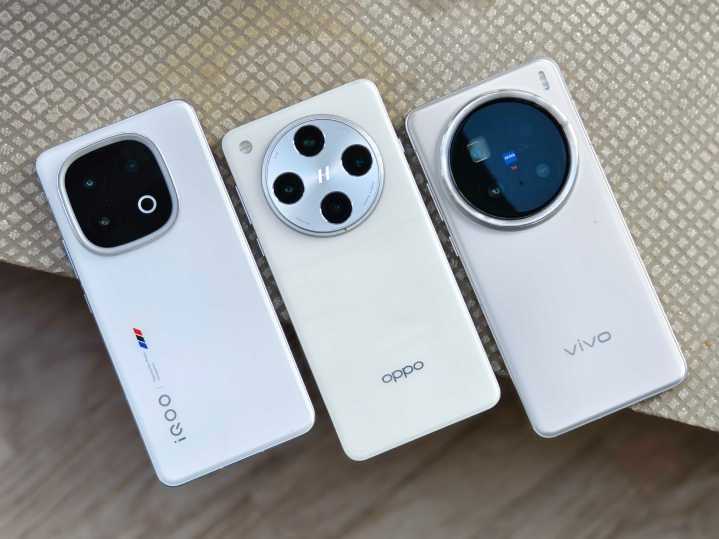 Silicon carbon battery-equipped phones: iQOO 13, Oppo Find X8 Pro, and Vivo X200 Pro.
Silicon carbon battery-equipped phones: iQOO 13, Oppo Find X8 Pro, and Vivo X200 Pro.
The time is ripe for a battery revolution, particularly in the U.S. Companies like Honor and Oppo have embraced silicon-based battery technology, boasting up to 34% higher energy density. This allows for larger batteries without increasing device thickness, while also enabling incredibly fast charging.
Having tested several phones with silicon-based batteries, the advancement is significant. The Honor Magic V3 foldable, for instance, measures a mere 4.3mm thin when unfolded yet houses a substantial 5,150mAh silicon-carbon battery. Its impressive battery life surpasses even the Pixel 9 Pro Fold and Galaxy Z Fold 6.
Furthermore, silicon-based batteries support rapid charging. The Magic V3 supports 66W wired charging, the Oppo Find X8 Pro supports 80W, and an upcoming device promises even faster speeds. All these models also support 50W wireless charging. Hopefully, other manufacturers adopting silicon batteries will follow suit with similarly fast charging capabilities.
Evolving Foldables: Tri-Folding and Rollable Displays
 The Huawei Mate XT.
The Huawei Mate XT.
The Huawei Mate XT, a tri-folding phone (with a display folding into three sections), marked a significant milestone in 2024. While tri-folding concepts existed before, Huawei was the first to bring a commercially available product to market. While not widely available, the Mate XT demonstrates the potential of this innovative form factor.
Six years into the current foldable era, the form factor is still evolving. Tri-folding and rollable displays represent the next stage in this evolution.
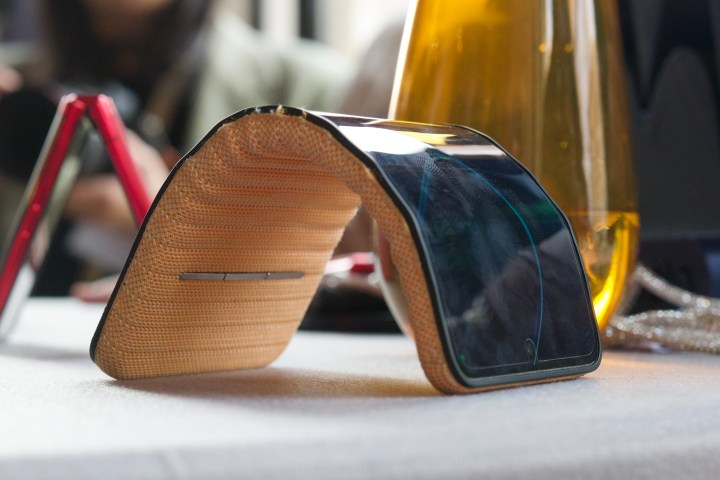 Motorola's concept folding phone.
Motorola's concept folding phone.
While a phone expanding to the size of an iPad mini is impressive, a display unfolding into a 10-inch tablet is truly transformative. These larger formats could be the key to wider consumer adoption of foldables. We anticipate significant progress in these form factors throughout 2025.
AI: Prioritizing Personalization over Gimmickry
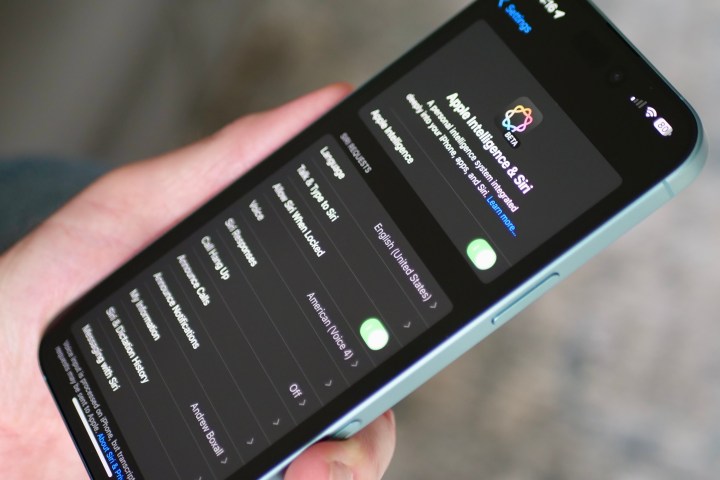 Apple Intelligence on the Apple iPhone 16 Plus.
Apple Intelligence on the Apple iPhone 16 Plus.
While generative AI has garnered significant attention, its practical, everyday value remains limited. Features like Apple’s Notification Summaries, which focus on personalization and productivity, offer more tangible benefits.
Instead of prioritizing flashy creative applications, AI should address everyday problems. A true personal assistant, rather than just an intelligent robot, is what users need. Apple Intelligence takes steps in this direction, but phone makers need to showcase compelling use cases for AI that resonate with consumers.
Redefining the “Ultra” Segment
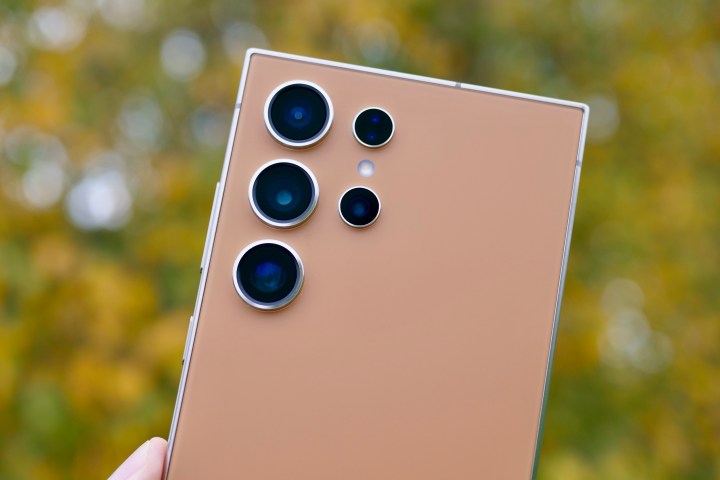 The Samsung Galaxy S24 Ultra.
The Samsung Galaxy S24 Ultra.
While the “Ultra” designation has become common, it’s often misused. Instead of representing a true leap forward, many “Ultra” phones merely offer an additional telephoto lens. The Galaxy S24 Ultra attempts to differentiate itself with a unique design and S-Pen, but a true “Ultra” should push boundaries in every aspect.
In 2025, we expect the “Ultra” segment to evolve, offering features like larger batteries, faster charging, innovative experiences, rollable displays, and advanced camera systems.
The Return of Buttons and Enhanced Functionality
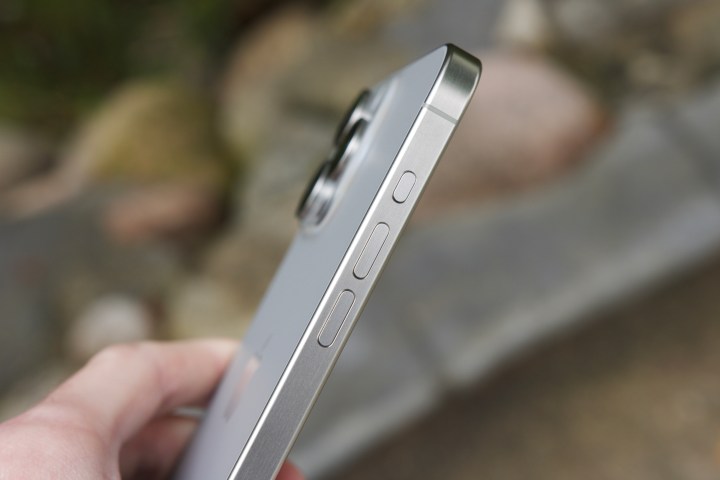 Close-up of the Action button on the iPhone 15 Pro Max.
Close-up of the Action button on the iPhone 15 Pro Max.
The resurgence of physical buttons, like the dedicated camera button on the iPhone 16 series and Oppo Find X8 series, highlights their continued relevance. These buttons offer quick access to essential features and allow for repurposing of other buttons, such as the power button.
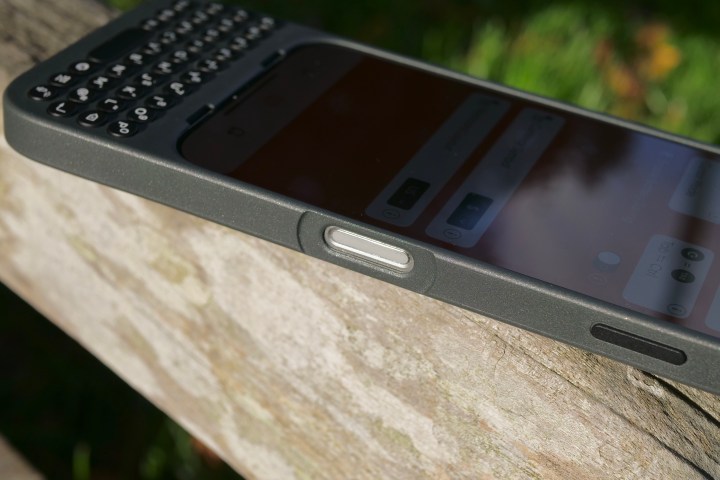 The iPhone 16 Pro Max.
The iPhone 16 Pro Max.
Beyond simple camera functionality, these buttons can be programmed for more complex actions, like switching camera modes or launching AI features. This trend towards enhanced button functionality offers a more intuitive and efficient user experience.
2025: A Year of Intense Competition and Innovation
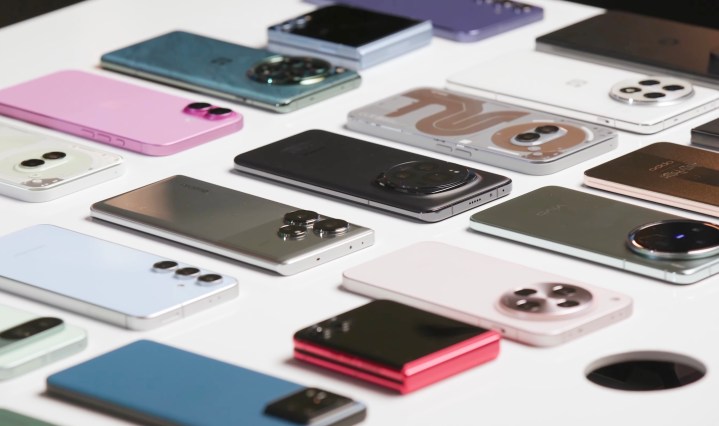 Smartphones released in 2024.
Smartphones released in 2024.
2025 promises to be a year of intense competition and groundbreaking innovation in the smartphone industry. With established players like Samsung facing challenges from resurgent brands like Google and OnePlus, consumers can anticipate exciting new devices and features. The evolution of AI, foldable displays, and battery technology will further drive this transformation.



